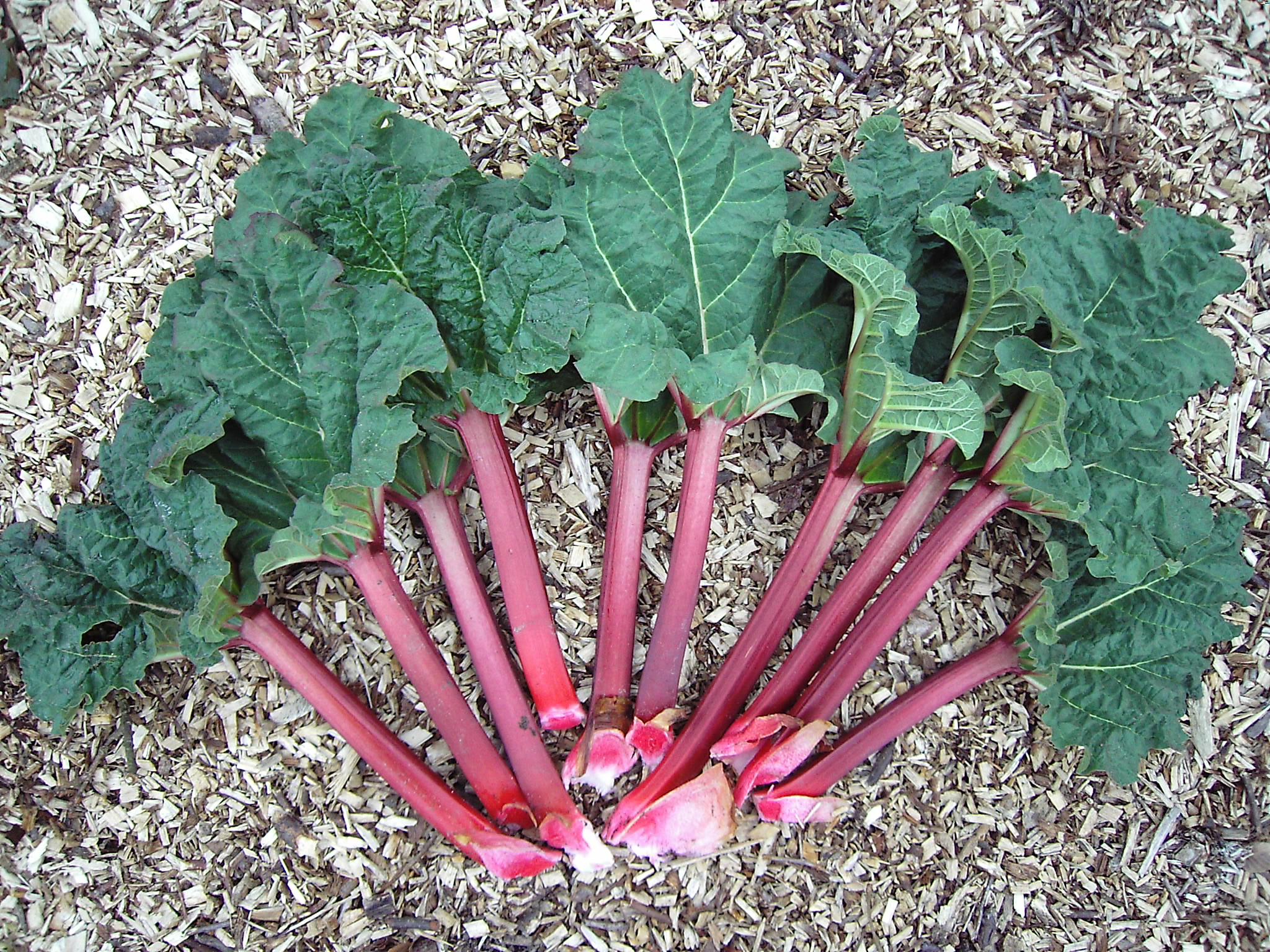The inaccuracy that often is perpetuated with rhubarb is what we properly call the name the plant part we eat. The 'stalks' we eat is the edible part of the otherwise toxic plant, and it is the leaf stalks. The botanical, scientific name for this in English is 'petiole'. This photo shows clearly how each stalk is connected to each leaf.
 |
| Rhubarb leaves with edible leaf stalks/petioles. (cc) Dieter Weber, Wikipedia |
 |
| Flowering rhubarb stem. (cc) Septuagent on Flickr |
Wikipedia: "The use of rhubarb stems as food is a relatively recent innovation, first recorded in 17th century."
{But Wikipedia gets it right in the beginning of the article on rhubarb.}
Royal Horticultural Society (RHS): "Rhubarb is a rhizomatous perennial whose stems (‘sticks’) grown as vegetable but used mainly as a dessert." "Stems should be pulled rather than cut to prevent rotting of the remaining stump. "
Mark Bittman for The New York Times: "Buy the smallest stems you can find and use a vegetable peeler or paring knife to remove the stringy outer layer."
